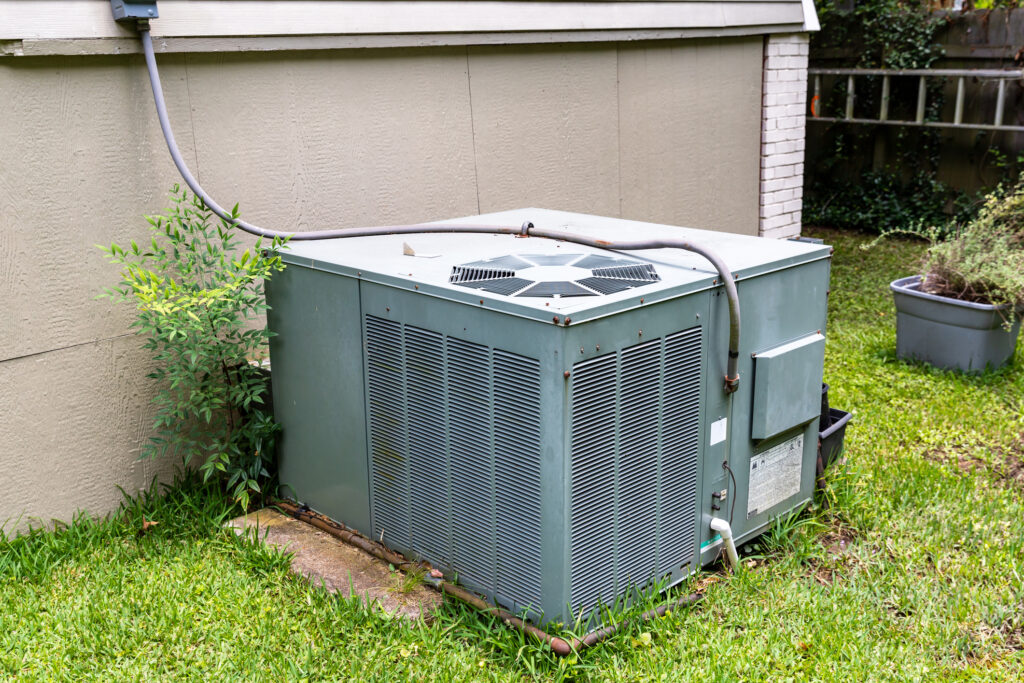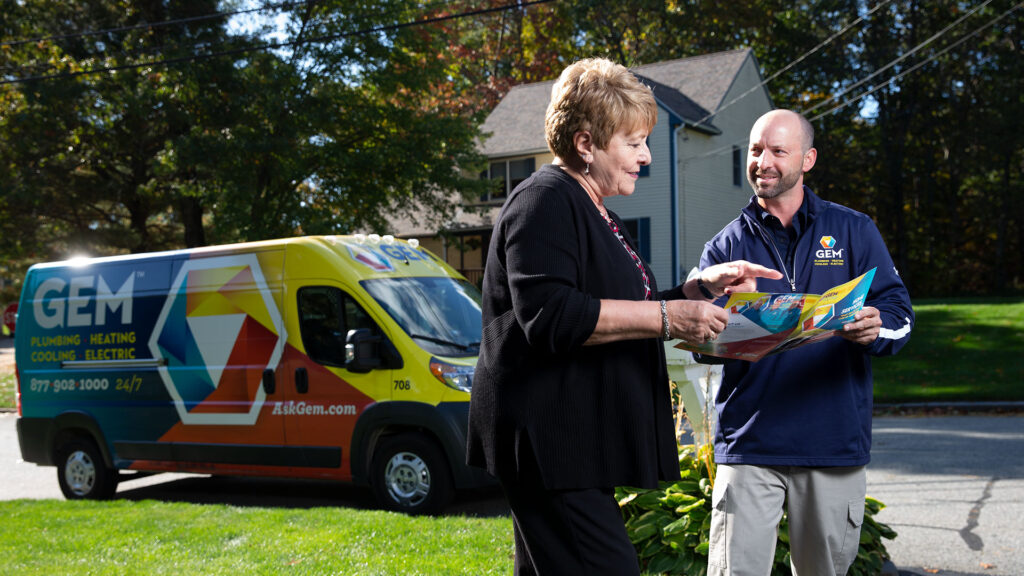Replacing a single-pole light switch (a switch that controls one light fixture or electrical outlet) is one of the simpler tasks that homeowners can do for themselves. So, it’s easy peasy lemon squeezy for a pro Do-It-Yourselfer like you! Follow the steps below to get that light switch replaced.
It Is Important To Keep In Mind That Electricity Must Be Respected. Always…
- turn off power to a switch or outlet at the electrical panel
- double check the switch or outlet with an electrical tester to make sure the power is off
- don’t hesitate to call a qualified electrical contractor whenever you feel that you’re in over your head.
Also, be sure to have the right tools for the job. Don’t bother with bargain basement tools. Buy the following tools from your local home center or hardware store:
- A good quality wire stripper
- Good quality needle nose pliers
- Good quality screwdrivers
- A good quality non-contact electrical tester
Notice anything about all of those tools? They are all good quality. This is extremely important because good quality tools lead to good quality handiwork. It’ll be like you have your very own professional toolkit!
Pro Tip: Look for tools, such as screwdrivers, that are made for electrical work — they’re non-conductive to reduce the danger of getting shocked. (We don’t want you to get hurt!) For more complicated projects, you may want to invest in a voltmeter. You won’t need one, though, to replace a single-pole switch.
Before We Get Started On That Single-Pole Light Switch, Here’s Some Basic Information On Electricity.
A switch will have two wires going to it, a black “hot” wire and a white neutral wire. Switches and outlets are wired in series with the electricity flowing to the devices through the black hot wire and returning to the electrical panel through the white neutral wire. That completes the circuit.
Hint: If you open up a box and find two sets of cables in the box, it means you’re in the middle of the circuit. If you open up a box and there are only two wires, that’s the end of the circuit.
Wires are supposed to be color coded, but you may find in an older home that a white wire is the hot wire. In that case, you’ll have to use your electrical tester to determine which wire is the hot wire. That won’t be an issue, however, with a single-pole switch.
So, Let’s Get That Single-Pole Light Switch Replaced!
- 1) Turn the power off at your electrical panel. If you’re lucky, all of the breakers on your electrical panel are clearly labeled.
Hint: If you can’t locate the breaker that controls the switch in question, it’s safest to turn all of the breakers off.
- 2) Remove the cover plate from the switch.
- 3) To double check that the power is off to the switch, hold your non-contact electrical tester up to the terminals on the side of the switch. The tester should be silent.
If it beeps or chirps, there’s still power going to the switch.
- 4) Inspect the switch for obvious problems, such as one of the wires being disconnected.
Next, you’ll need to partially remove the electrical outlet or light fixture that the switch controls so that you can see if there’s power going to it.
- 5) Go back to the electrical panel and turn the breaker back on.
- 6) Using your electrical tester, see if there’s power going to the switch.
- 7) Test to see if there’s power at the light fixture or outlet.
Hint: If there’s power running to the switch but the light or outlet is dead, then the switch is the problem and it needs to be replaced. Turn the power off again(at the breaker).
- 8) Unscrew the switch from the electrical box and gently pull it out of the box.
You’ll see three terminals to which are attached a black, or hot, wire, a white neutral wire, and a bare copper or green ground wire that attaches to a green grounding screw on the switch. Unscrew the wires from the switch.
Hint: The good news with a single-pole switch is that it doesn’t matter which wire you attached to which terminal. It’s always good practice to attach the grounding wire to the green terminal first.
- 9) Switches are labeled for “On” and “Off” or up and down, so pay attention to how you put the switch back into the box.
- 10) After you’ve attached the wires, screw the switch back into the box but don’t tighten the screws all the way yet.
- 11) Place the cover plate over the switch and make sure it covers the switch properly and that it fits straight.
If not, adjust the position of the switch inside the box and finish tightening the screws once everything is straight and fitting properly.
- 12) Turn the power back on at the breaker and test the switch. Success!
Well Done, DIY-er! You’ve Got Your Light Switch Back And Running, And Brought Light Back Into Your Life!
If for some reason these steps did not getting your electricity back to normal, give GEM a call. We will be happy to get you back on track!



